This is a follow-up to my blog post last week on SOx scrubbers and the AQMD RECLAIM program. I was a panel member during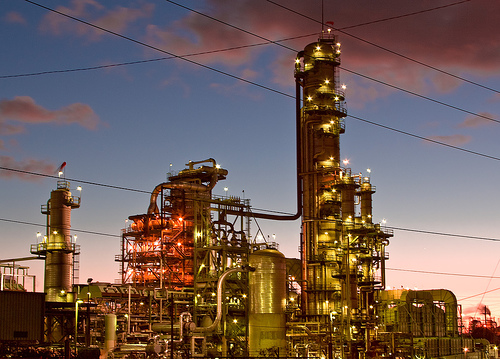 one of the conference sessions for the SOx Control Technologies & Emissions Monitoring for Stationary Sources hosted by AQMD and the Air & Waste management Association (A&WMA). The conference was held on March 17th at the South Coast AQMD facility in Diamond Bar, CA. There were about 90 attendees at the conference and my understanding is that all but one of the 11 major facilities impacted by the AQMD RECLAIM program had someone in attendance.
one of the conference sessions for the SOx Control Technologies & Emissions Monitoring for Stationary Sources hosted by AQMD and the Air & Waste management Association (A&WMA). The conference was held on March 17th at the South Coast AQMD facility in Diamond Bar, CA. There were about 90 attendees at the conference and my understanding is that all but one of the 11 major facilities impacted by the AQMD RECLAIM program had someone in attendance.
There were interesting presentations given in the morning sessions focused primarily on refinery applications. These included presentations by both INTERCAT and GRACE on additives that can be used in Fluid Catalytic Cracking Units (FCCU’s) to reduce SOx emissions without add-on controls. This type of approach will likely be used by most of the local refineries to meet shorter term requirements. However, the speakers noted limitations for achieving lower outlet emissions in the 5 ppmv range. These can include higher chemical consumption and impacts on opacity. This suggests there may still be a need for back end controls to meet longer term requirements to achieve limits below 5 ppmv.
PRAXAIR gave an informative presentation introducing their Refinery Gas Processor (RGP) technology. This technology is targeted at treating non-H2S sulfur compounds (Mercaptans, COS/Sulfides, Disulfides, Thiophenes) for use in conjunction with existing amine H2S removal systems. The RGP technology can enable a 90% reduction of non-H2S sulfur from refinery fuel gas.
Another issue discussed during the conference was the ability accurately measure and report outlet emissions as low as 5 ppmv. This will present a challenge for many facilities because most existing monitoring equipment are designed for measuring outlet emissions at higher concentrations. However, several panel members from the afternoon session on emissions measurements provided useful information on how to address these challenges. These include presentations from:
I gave a talk during the afternoon session on control technologies. This session was dedicated to wet scrubber technology for achieving ultra-low SOx emissions. Ultra-low is loosely understood to be less than 5 ppmv. This is generally a longer term target for the AQMD RECLAIM program. Most the technologies focused on wet gas scrubbers for refinery FCCU units. I presented an innovative SOx scrubber design to remove SO2 from a thermal oxidizer exhaust at an industrial facility located in Southern California. The exhaust contains more than 1,000 ppm of SO2 and the facility is required to achieve less than 5 ppmv with greater than 99% removal efficiency. There are several advantages of the scrubber design for applications requiring ultra-low SO2 emissions. The scrubber design may be a viable option for some of the facilities impacted by the AQMD RECLAIM program including FCCU units and glass manufacturers. I’ll provide a future blog post that gives more information about the ultra-low SO2 scrubber design.
If you would like to download the white paper on an ultra-low SO2 scrubber design, click the link below.



 Market (
Market ( es related to SOx and the recently amended SOx RECLAIM program. I will be giving a presentation on an innovative SO2 scrubber design used at an industrial facility in Southern California to remove SO2 from a thermal oxidizer. The SO2 scrubber is designed to achieve low outlet emissions below 5 ppmv and greater than 99% removal efficiency. The presentation will discuss the advantages and benefits of the design, including reduction in caustic consumption. Continued efforts to deploy better technology and reduce emissions will enable clearer skies in the face of growing populations.
es related to SOx and the recently amended SOx RECLAIM program. I will be giving a presentation on an innovative SO2 scrubber design used at an industrial facility in Southern California to remove SO2 from a thermal oxidizer. The SO2 scrubber is designed to achieve low outlet emissions below 5 ppmv and greater than 99% removal efficiency. The presentation will discuss the advantages and benefits of the design, including reduction in caustic consumption. Continued efforts to deploy better technology and reduce emissions will enable clearer skies in the face of growing populations.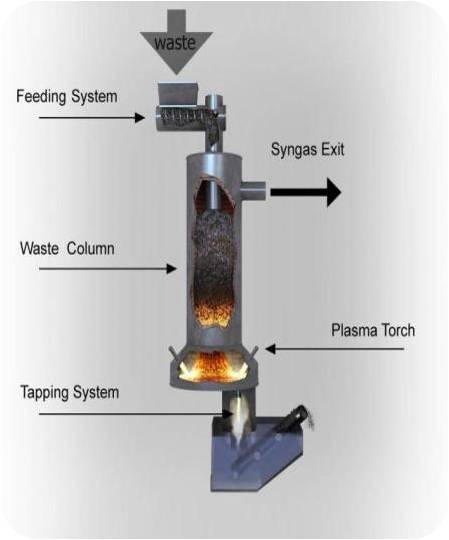 Treatment (IT3) Conference in San Francisco, CA and the
Treatment (IT3) Conference in San Francisco, CA and the 
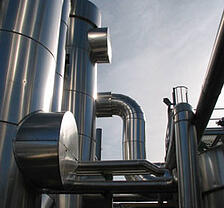 Treatment (IT3) Conference in San Francisco, CA on wet scrubbers for gasification. Below is the paper abstract. A free download of the paper and presentation is available by clicking the links below. The paper discusses two common tar management approaches regarding syngas cleaning:
Treatment (IT3) Conference in San Francisco, CA on wet scrubbers for gasification. Below is the paper abstract. A free download of the paper and presentation is available by clicking the links below. The paper discusses two common tar management approaches regarding syngas cleaning:
 I gave recent presentations at the International Thermal Treatment (IT3) Conference in San Francisco and the Annual
I gave recent presentations at the International Thermal Treatment (IT3) Conference in San Francisco and the Annual 
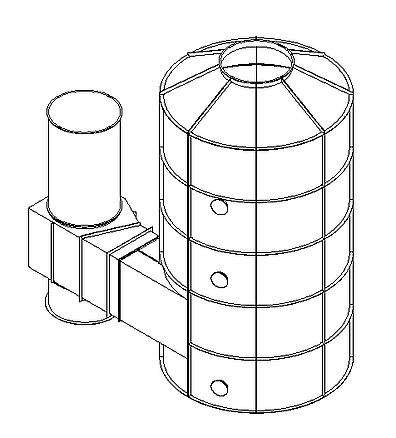 house gases. One aspect of this technology is the use of coal dryers to dry the coal before feeding it into the gasifier. This requires a coal dryer scrubber which can be comprised of a Venturi scrubber followed by a condenser tower shown in the sketch.
house gases. One aspect of this technology is the use of coal dryers to dry the coal before feeding it into the gasifier. This requires a coal dryer scrubber which can be comprised of a Venturi scrubber followed by a condenser tower shown in the sketch.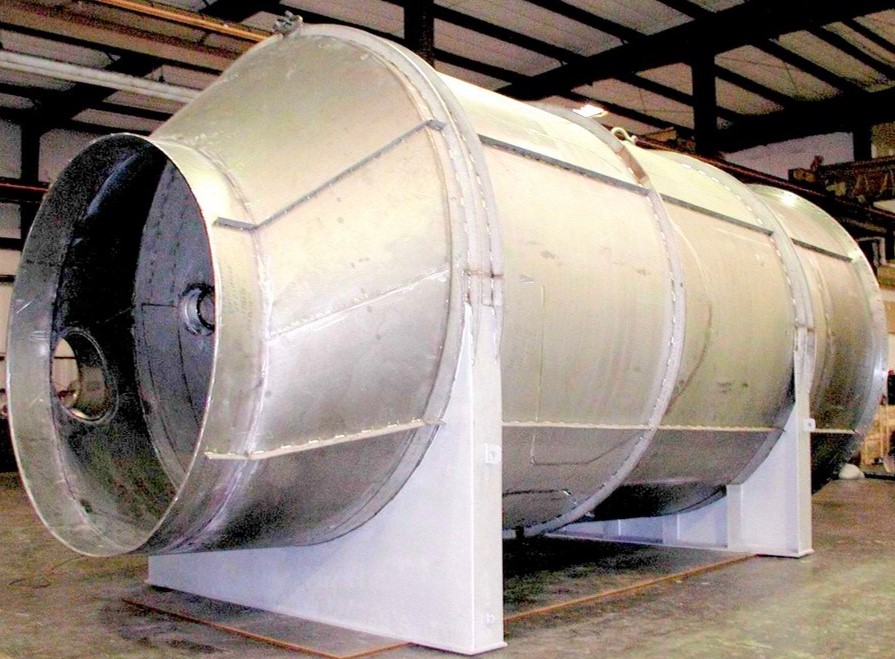 tower. Gas flow rates for these processes are relatively large and can exceed 300,000 acfm. Because of the large gas flows, the condenser tower can be as large as 20 feet in diameter or larger. The Venturi scrubber (shown in the image on the left) must have a special throat design to account for the large gas flow rate. The Venturi throat design is discussed in in the previous blog post for
tower. Gas flow rates for these processes are relatively large and can exceed 300,000 acfm. Because of the large gas flows, the condenser tower can be as large as 20 feet in diameter or larger. The Venturi scrubber (shown in the image on the left) must have a special throat design to account for the large gas flow rate. The Venturi throat design is discussed in in the previous blog post for 
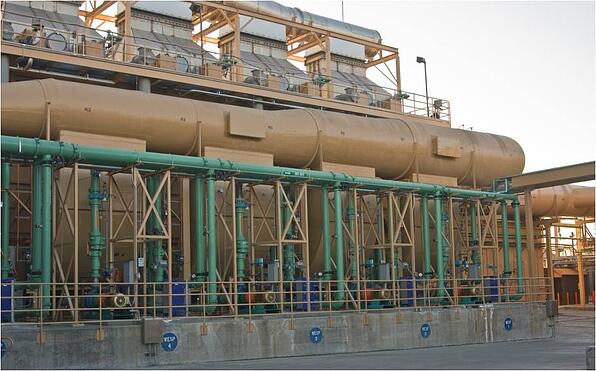

 referred to as smog. It is most commonly produced in combustion processes, but can also be generated in non-combustion processes like metal refining, picking baths, or nitric acid manufacturing to name a few. The following link:
referred to as smog. It is most commonly produced in combustion processes, but can also be generated in non-combustion processes like metal refining, picking baths, or nitric acid manufacturing to name a few. The following link: 
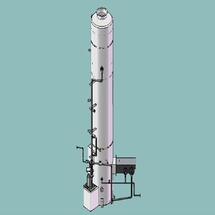
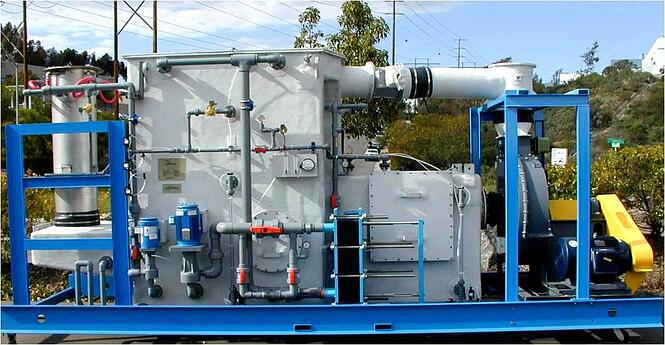 The adjacent photo shows a 400 lb/hr medical waste incinerator scrubber with a Venturi inlet flow rate of 1,200 scfm. The reflux damper can be seen as the white horizontal duct from the ID fan outlet to the Venturi inlet on the right hand side of the rectangular condenser/absorber box.
The adjacent photo shows a 400 lb/hr medical waste incinerator scrubber with a Venturi inlet flow rate of 1,200 scfm. The reflux damper can be seen as the white horizontal duct from the ID fan outlet to the Venturi inlet on the right hand side of the rectangular condenser/absorber box.